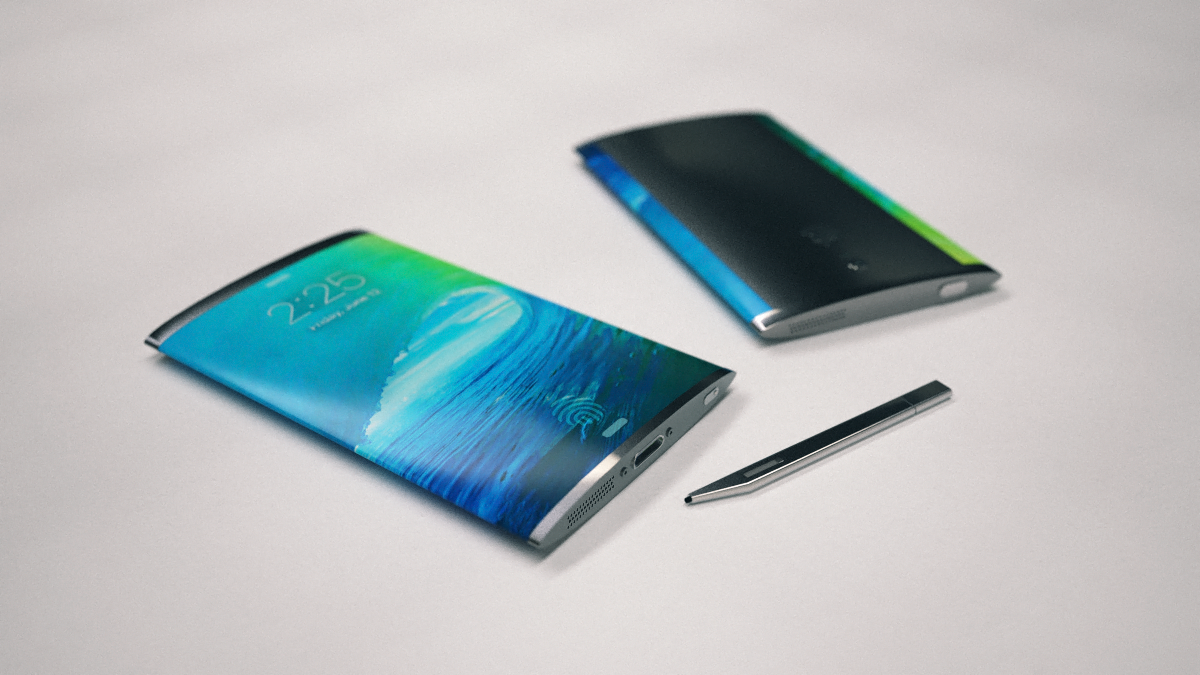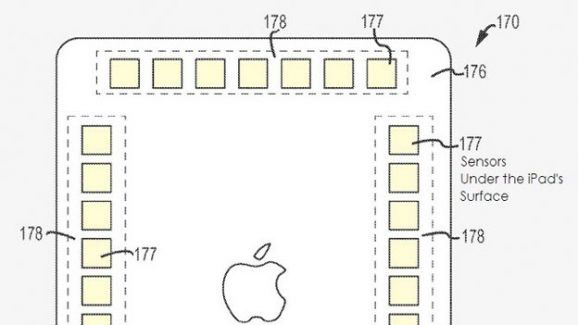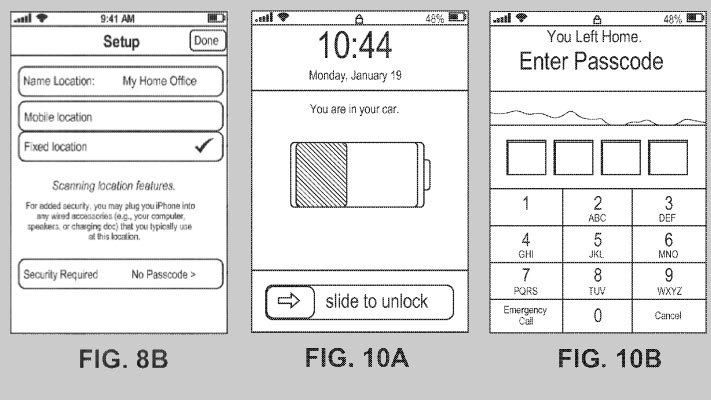This could be Apple's vision of the iPhone 10
There are some innovations that Apple isn't sharing yet

As far back as Ancient Greece, patents were in place to encourage innovation and reward inventors. But today, after interminable rounds of litigation and trolling, patents now seem to handicap brands or are used as bargaining chips in the smartphone wars and despite the big bucks, many smartphone and tablet patents never see the light of day.
Apple's one of the best at squireling away patents just in case they could be used on a phone in the future - so we've done the dirty work to see what the next, next, next, next, next, next iPhone could actually look like:
Fluidly lapping across the front and rear of 6.2-inch chassis is a stunning 4K AMOLED touch display – imagine the love-child of a YotaPhone 2 and a Samsung Galaxy Edge, and you're about on the money.
With both sides of the handset sporting a fully functional touchscreen, backside touch control requires no further plumbing and makes it a cinch to interact with those difficult-to-reach top corners using your index finger on the rear instead of your thumb on the front.
Talking of touch, while the home button is long-gone, it doesn't spell the end of biometric innovations such as Touch ID. Providing you're not in one of your pre-defined safe places, fingerprint authentication takes place on the screen itself.
A smart push on the phone's bottom corner releases an adjustable stylus. At first sharp and precise for detailed writing and sketching, with a quick twist the nib extends for brush-like artistic flourishes.
The main camera promises "super-resolution based on optical image stabilisation" (courtesy of another patent) and allows for a handful of lenses, including a software controlled variable zoom lens, to be magnetically attached.
Get daily insight, inspiration and deals in your inbox
Sign up for breaking news, reviews, opinion, top tech deals, and more.
Sounds amazing? Well, if you take a look at the patents Apple has been working on for the past few years, it suddenly doesn't sound that unlikely...
Backside touch control

The touchscreen has revolutionised the way we use mobile devices. Today's responsive capacitive displays mean we think nothing of prodding, gesturing and swiping our way around apps and games. But greasy fingerprints and the inherent imprecision of the human finger mean there's still room for touch interfaces to be improved.
A patent awarded to Apple entitled Backside Touch Control could provide an additional input for iPad users, transforming the rear of the tablet into an intriguing alternate input surface.
It sounds like good sense. After all, there's a whole rear surface at least the size of the screen that generally remains unused, save for some branding and a camera. The patent suggests a number of ways our idle fingers might be gainfully employed to enhance the interface.
Of course, rear controls are nothing new for owners of the Sony PS Vita who've long benefited from rear touchpads. And with three-quarters of app store revenues now coming from game downloads it's easy to see why Apple might want to help developers create interesting new gameplay experiences.
Context-aware Security

Our phones are so packed with sensors that it's getting a little confusing. A welcome update would be an intelligent phone that recognises the situations you're in and reacts accordingly.
This could mean turning off phone notifications when you've dropped off to sleep, switching off your central heating when you're away unexpectedly, or suggesting you knock off work a few minutes earlier if there's a traffic jam on your normal route home.
This Apple patent brings contextualised security to the party, letting users customise their smartphone lockdown settings based on their location. For example, relaxed settings would mean no passcode is required when you're in the car or at home, but a full Fort Knox-type security would kick in when you're out shopping or in crowded places.
Granted, this may be less of a big deal for users of Apple's TouchID-enabled devices, which only respond to the fingerprints of their rightful owners. Google and Android have also dipped their toes in these waters with Personal Unlocking and its knowledge of secure locations.
Nevertheless, this simple security power-up makes a lot of sense and, on the surface at least, seems simple to implement, perhaps making it one of the more likely candidates for a forthcoming iOS.